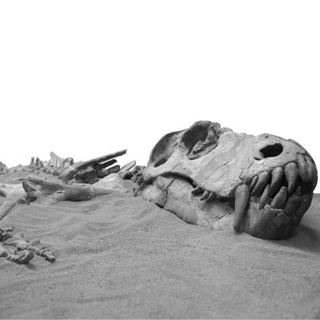Hundreds of thousands of years ago, early humans may have escaped harsh winters by going into hibernation, scientists suggest from examining 400,000-year-old fossilized bones found in northern Spain. In a cave called La Sima de los Huesos, considered one of the most important fossil sites in the world, researchers excavated from a mass grave the bones of early Neanderthals and other hominids that came before them.
These bones sport lesions and signs of damage similar to those found in the bones of animals who hibernate, report the scientists in a paper published in the journal L’Anthropologie. They argue the fossils show bone growth was interrupted for a couple of months every year, signaling a period of respite and inactivity similar to hibernation. The early humans, at the onset of severe winters, used to slow down their metabolisms and sleep for months, the scientists theorize.
The behavior is similar to several modern animals who go into hibernation in the winter, such as bears and bats. Slowing down metabolism helps these animals survive hostile wintry conditions in which food and other resources are scarce and scrounging for them in the wild is taxing.
Related on The Swaddle:
We’ve Completely Misunderstood ‘Survival of the Fittest,’ Evolutionary Biologists Say
The study authors admit the finding and theory seems a little bit “like science fiction,” but are attempting to start a unique debate about the metabolic processes of early humans and how they could help scientists understand human evolution.
“However, there are other explanations for the variations seen in the bones found in Sima, and these have to be addressed fully before we can come to any realistic conclusions. That has not been done yet, I believe,” forensic anthropologist Patrick Randolph-Quinney, commenting on the discovery and theory, told The Guardian. For now, “it is a very interesting argument.”
And as to why it may matter, well … winter is coming.




